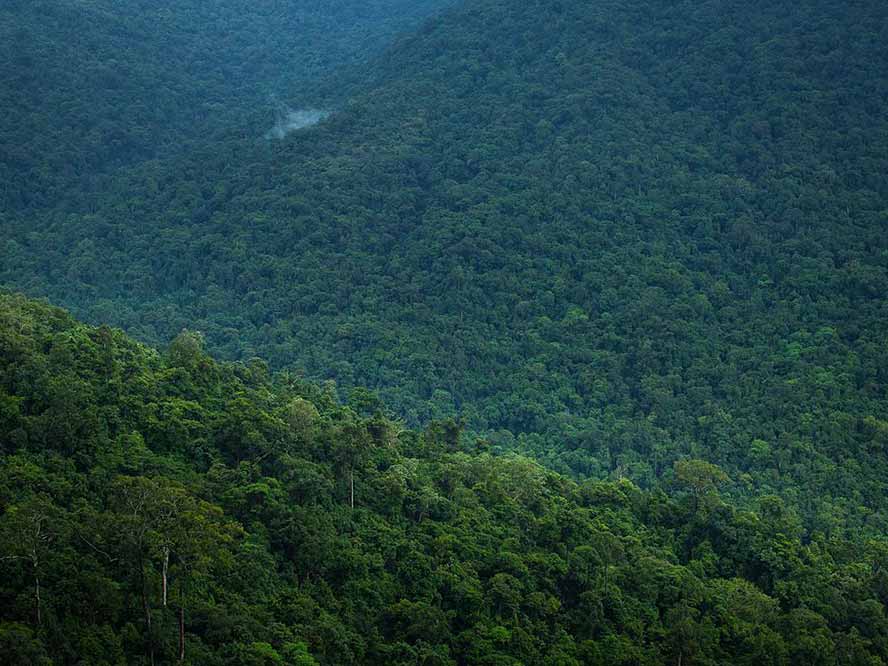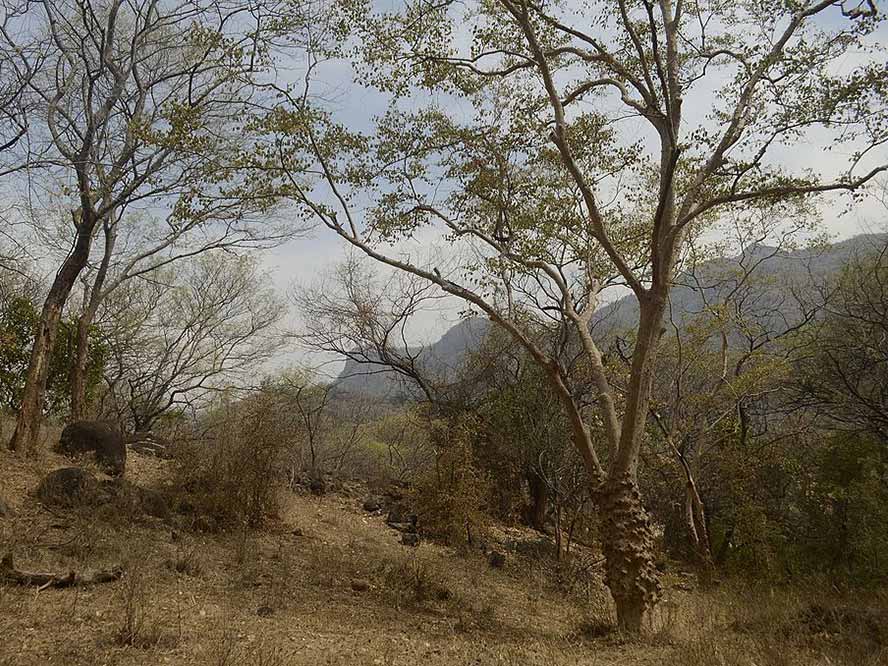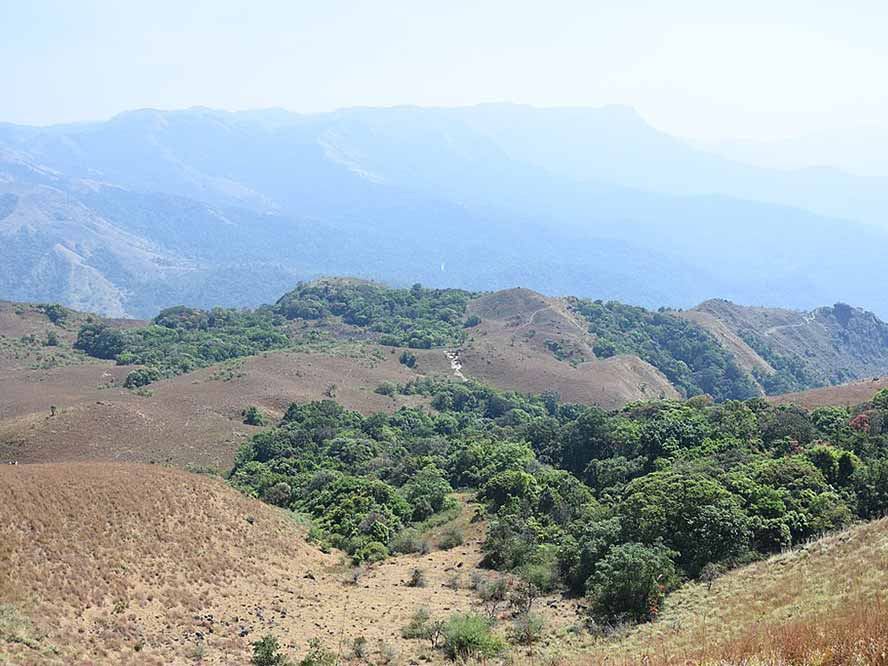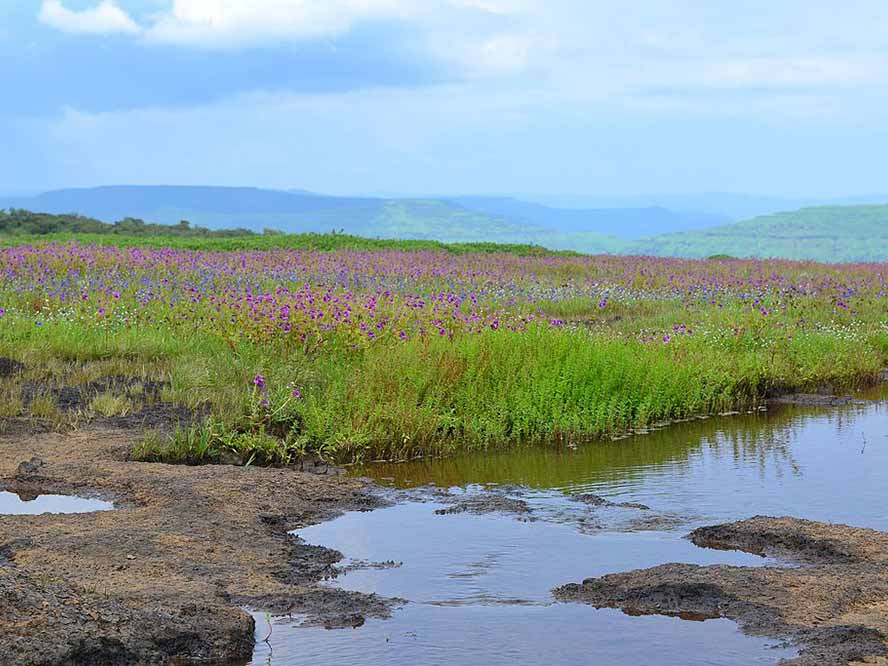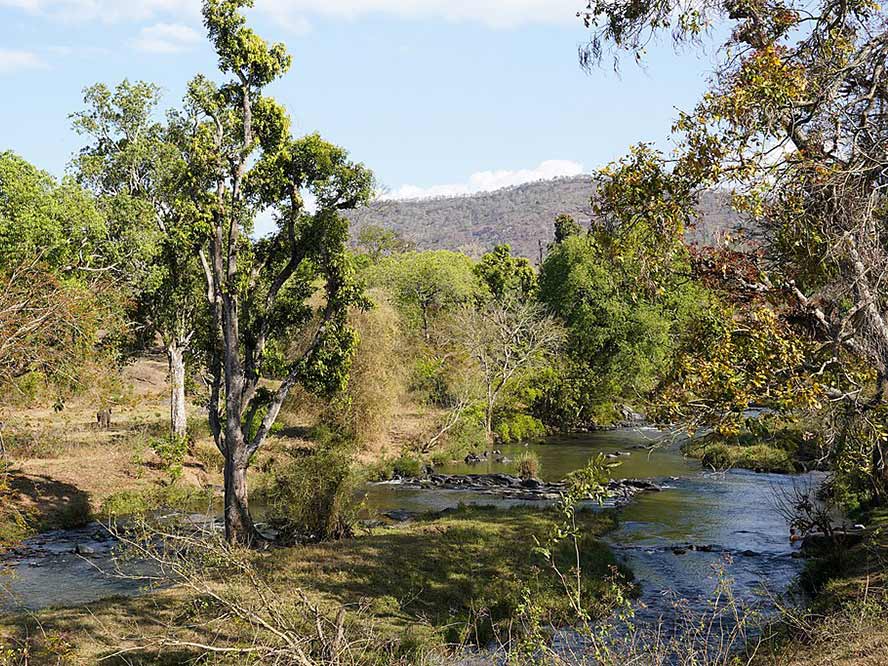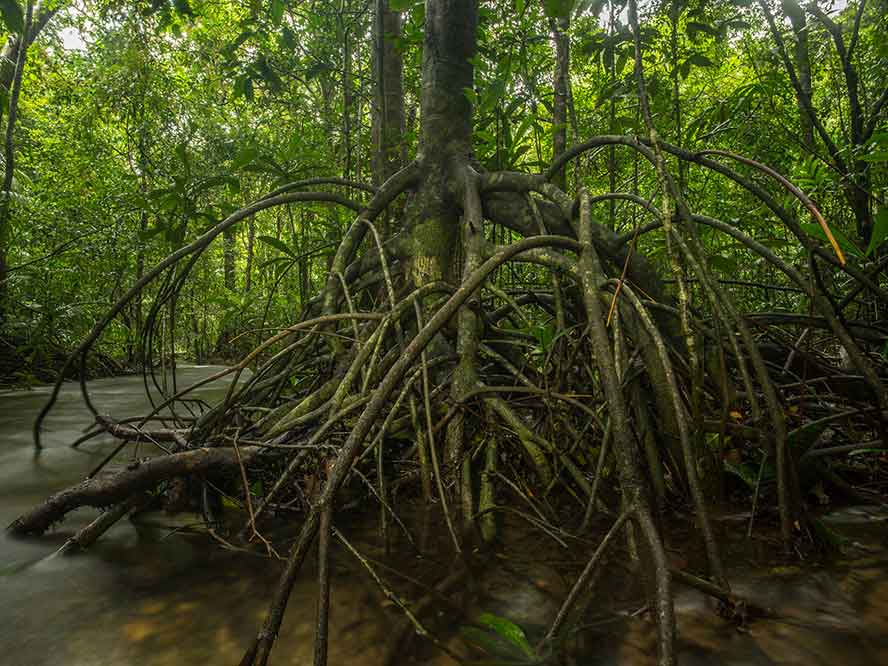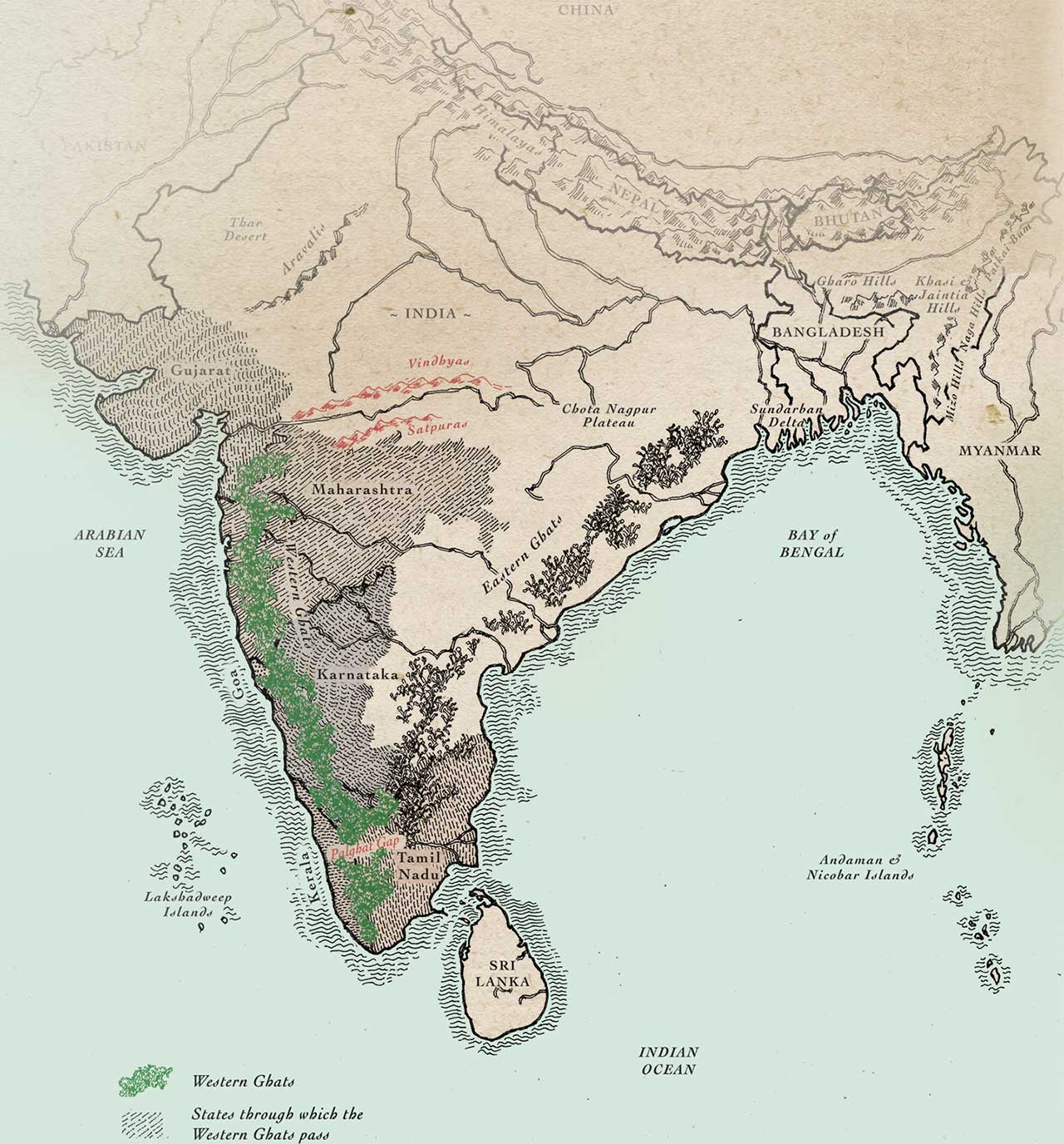



Exploring the Western
Ghats
How well do you know this extraordinary range of mountains running parallel to India’s west coast?
- Although covering under 6% of India’s land area, it is one of the country’s most biologically rich and abundant regions for plant, fish, reptile, bird and mammal species.
- Older than the Himalayas, they traverse the states of Kerala, Karnataka, Tamil Nadu, Goa, Maharashtra and Gujarat.
- They stretch all the way from the northern Vindhya-Satpura ranges to the country’s southern tip, interrupted only by the Palghat Gap.
- Exceptional in diversity and ‘endemism’—wherein species are uniquely found in one region!
Distinctive Ecosystems
The varied topography of this mountain range gives rise to a variety of distinct ecosystems, associated with levels of rainfall and elevation. The next time you visit, notice these general trends:
-
Rainfall—and therefore biodiversity—increases as you travel from the northern areas to the south.
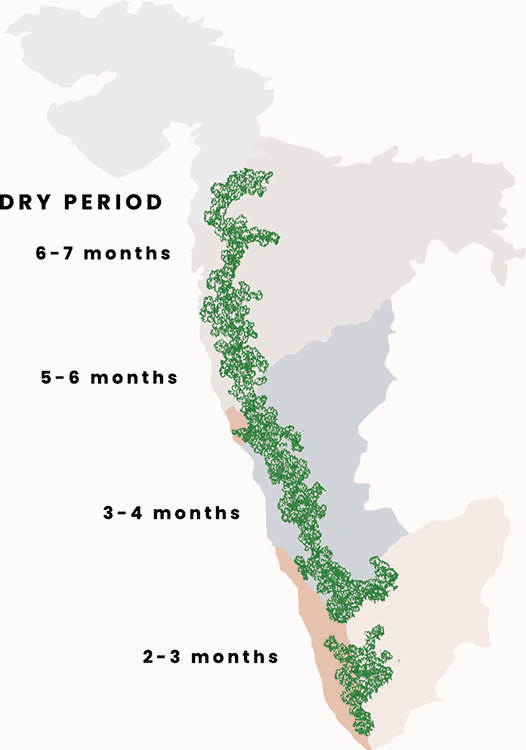
-
The western side is wetter and more biodiverse than the drier eastern side: the southwest summer monsoons coming in from the Arabian sea break upon the western slopes, depositing most of their moisture, and leaving the eastern slopes in a rainshadow region.
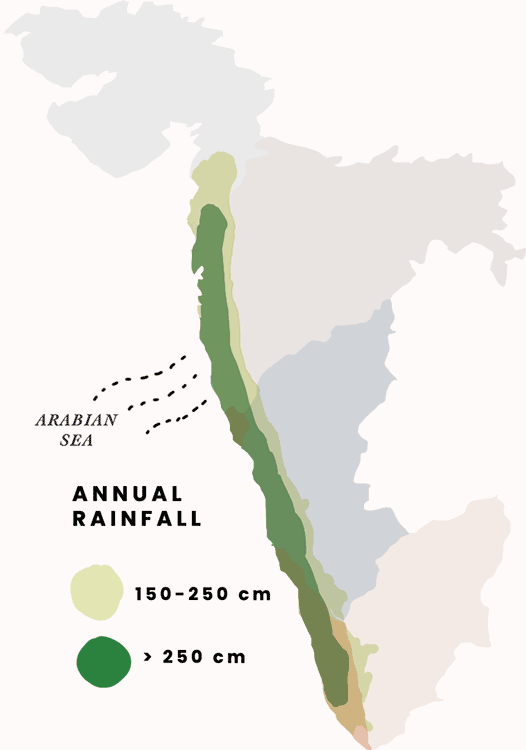
-
You will likely find moist deciduous forests—with trees that shed their leaves annually—on the lower slopes, between 250–1000 m above sea level. Evergreen rainforests are found above 1000 m, as temperatures dip. At the very top, you may find heavenly, mountain grasslands!
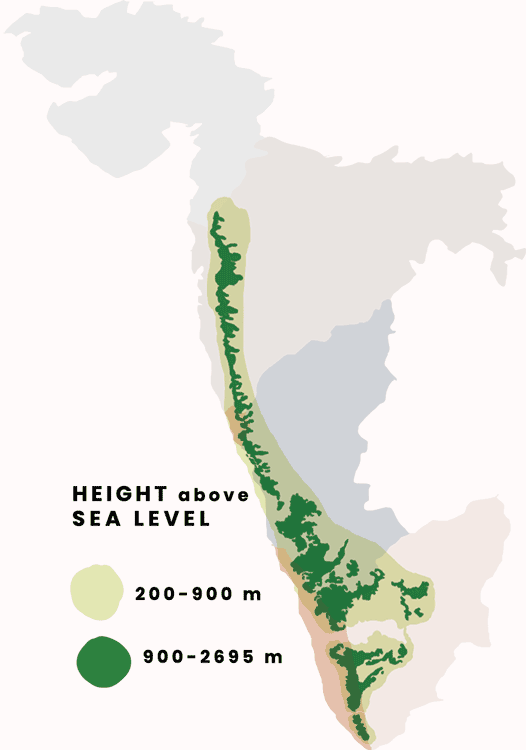
-
12,000
flowering and non-flowering plants are found here (estimated)
-
34%
flowering plants found here are endemic (estimated)
-
12%
endemic mammals (estimated)
-
53%
endemic fishes (estimated)
-
62%
endemic reptiles (estimated)
-
69%
endemic amphibians (estimated)
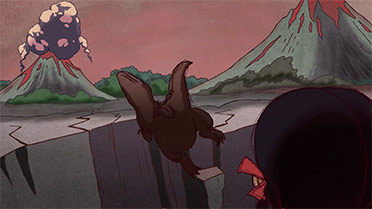 Back to top
Back to top
